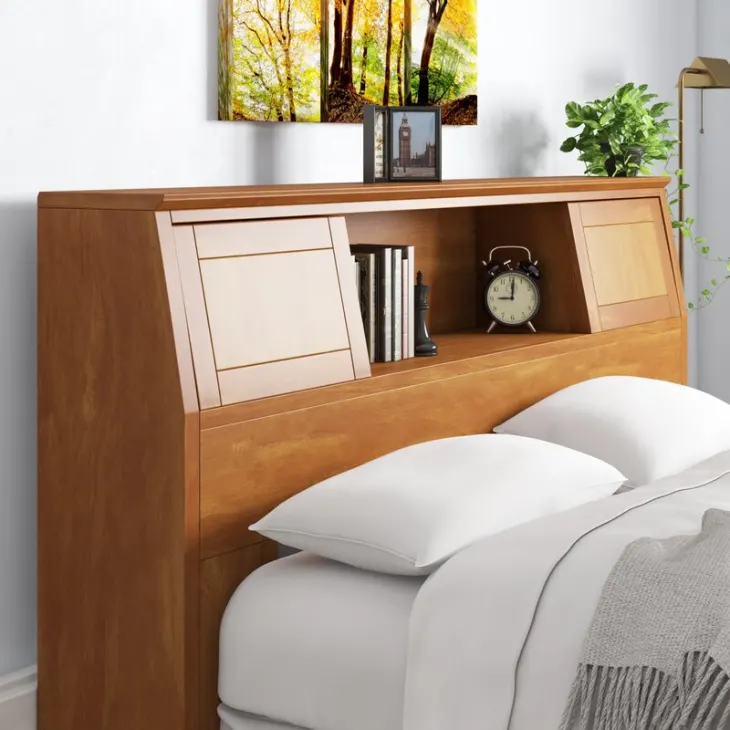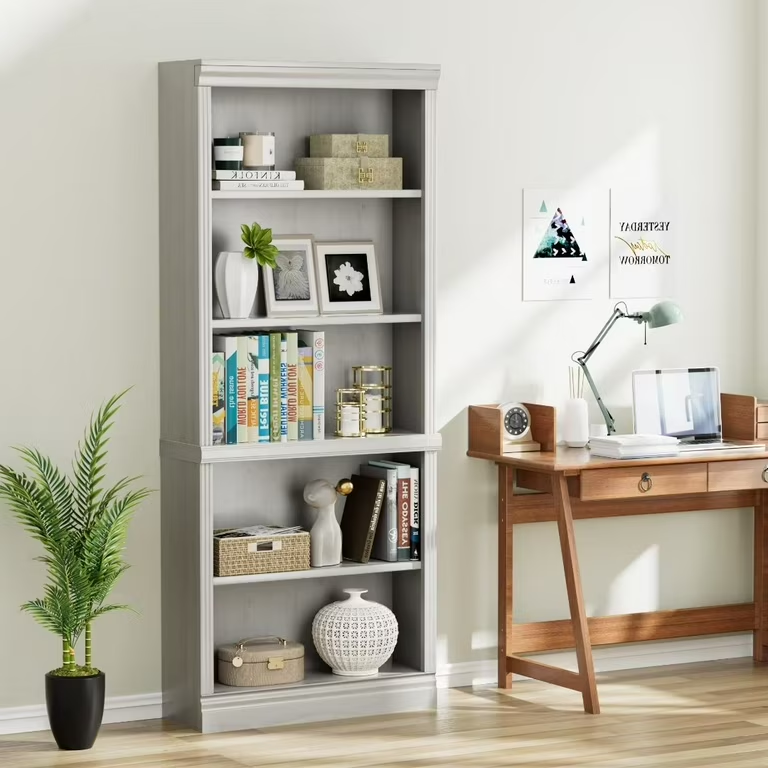How to pick a rug color for living room
Choosing the right rug color for your living room is an important decision that can dramatically affect the room’s overall look and feel. A rug can serve as a focal point, tie different design elements together, and enhance the room’s ambiance. This comprehensive guide will walk you through the key considerations and steps for picking the perfect rug color, including understanding color theory, examining your existing decor, and exploring various styles and trends.
 Understanding Color Theory
Understanding Color Theory
How to pick a rug color for living room
Primary, Secondary, and Tertiary Colors
Primary Colors: Red, blue, and yellow are the base colors from which all other colors are derived.
Secondary Colors: These are created by mixing two primary colors (e.g., red and blue make purple).
Tertiary Colors: These result from mixing primary and secondary colors (e.g., blue-green or red-orange).
Color Wheel Basics
Complementary Colors: Colors that are opposite each other on the color wheel. These combinations create a high-contrast, vibrant look.
Analogous Colors: Colors that are next to each other on the color wheel. They provide a harmonious, cohesive look.
Triadic Colors: Three colors that are evenly spaced around the color wheel, offering both harmony and vibrancy.
Warm vs. Cool Colors
Warm Colors: Reds, oranges, and yellows create an inviting and cozy atmosphere.
Cool Colors: Blues, greens, and purples evoke a sense of calm and relaxation.
 Assessing Your Living Room’s Existing Decor
Assessing Your Living Room’s Existing Decor
How to pick a rug color for living room
Furniture
Color Scheme: Take note of the dominant colors in your existing furniture. Decide if you want the rug to complement these colors or offer a contrasting pop.
Material and Texture: The texture and material of your furniture can also influence your rug choice. Smooth leather sofas pair well with plush rugs, while textured fabric couches might match with more versatile rug textures.
Wall Color and Artwork
Matching or Contrasting: If your walls and artwork are bold and colorful, a more neutral rug might balance the room. Conversely, if your walls are neutral, a vibrant rug can add visual interest.
Themes and Patterns: Consider any themes or patterns present in your artwork or wall decor. Your rug should either align with or thoughtfully contrast these elements.
Flooring
Existing Flooring Colors: The color of your existing flooring, whether it’s hardwood, tile, or carpet, should be considered. A rug can either blend seamlessly with your flooring or stand out as a statement piece.
Lighting
Natural Light: Consider how much natural light your living room receives. Brightly lit rooms can accommodate darker and bolder rug colors, while rooms with limited light benefit from lighter, brighter rugs.
Exploring Rug Colors and Patterns
Solid Colors
Neutral Shades: Beige, gray, and white are versatile options that can match various color schemes. They provide a subtle background that complements other decor elements.
Bold Hues: Red, blue, green, or yellow rugs can serve as focal points. These colors make a statement and add personality to the space.
Patterns
Geometric Patterns: These offer a modern, stylish look. Patterns with clean lines and shapes can make the room feel organized and contemporary.
Floral Patterns: Floral designs range from subtle and muted to bold and vibrant. They can add a touch of nature and elegance to the living room.
Oriental and Persian Rugs: These traditional patterns are rich in detail and often incorporate multiple colors. They add a sense of luxury and timelessness to the space.
Considering the Purpose and Function of the Rug
Room Size and Layout
Small Spaces: Lighter colors and simpler patterns can make a small living room feel larger and more open.
Large Spaces: Darker colors and bold patterns can help define areas and add warmth to a spacious living room.
High Traffic vs. Low Traffic Areas
High Traffic: If your living room sees a lot of foot traffic, consider darker colors or patterns that can hide dirt and stains.
Low Traffic: You can opt for lighter colors and delicate patterns in less frequently used areas.
Pets and Children
Durability: Choose durable, easy-to-clean materials if you have pets or children. Patterns and darker colors can mask stains and wear more effectively.
 Exploring Rug Placement and Size
Exploring Rug Placement and Size
Size Considerations
Room Dimensions: Measure your living room to determine the appropriate rug size. An undersized rug can make the room look disjointed, while an oversized one can overwhelm the space.
Furniture Placement: Ensure the rug fits well with your furniture layout. Common practices include placing the front legs of sofas and chairs on the rug or having all furniture legs on the rug.
Placement Options
Center Placement: Position the rug centrally in the living room to create a focal point and anchor the seating area.
Layering Rugs: Layering smaller rugs over larger neutral rugs can add depth and interest. This technique allows you to combine patterns and textures for a unique look.
Incorporating Trends and Styles
Modern and Contemporary
Minimalist Colors: For a modern look, opt for neutral or monochromatic rugs with minimal patterns. Think shades of gray, white, black, and subtle geometric designs.
Bold Statements: Alternatively, a single bold color or abstract pattern can serve as a statement piece in a contemporary living room.
Traditional and Classic
Rich Colors and Patterns: Persian and Oriental rugs, with their intricate patterns and rich colors, are well-suited for traditional settings.
Vintage Rugs: Vintage or distressed rugs can add a classic touch while providing a sense of history and character.
Bohemian and Eclectic
Colorful and Playful: Bohemian styles encourage vibrant colors, bold patterns, and playful designs. Don’t be afraid to mix and match.
Texture Variety: Incorporate rugs with diverse textures, such as shaggy, woven, or hand-tufted, to enhance the eclectic look.
Coastal and Rustic
Natural Tones: Neutral, earthy tones like beige, sand, and soft blues fit well with coastal and rustic themes.
Natural Materials: Rugs made from natural fibers like jute, sisal, or wool complement these styles and add a tactile element.
Practical Tips for Making Your Final Decision
Sample Swatches
Test at Home: Many rug retailers offer small samples you can take home. Place these samples in your living room to see how they look in your lighting and with your existing decor.
Compare Options: Compare different colors and patterns against each other to see which one best fits the room’s overall aesthetic.
Live with It
Trial Period: Some retailers offer a return policy or trial period. Live with the rug for a few days or weeks to ensure it feels right in the space.
Seek Opinions
Get Feedback: Ask family members or friends for their opinions on your top choices. Sometimes another perspective can help make the final decision easier.
Professional Advice: If you’re uncertain, consider consulting an interior designer. Their expertise can guide you toward the best choice for your specific living room.
 Maintaining Your Rug
Maintaining Your Rug
Regular Cleaning
Vacuum Frequently: Regular vacuuming prevents dirt and debris from embedding into the rug fibers. A clean rug looks better and lasts longer.
Spot Cleaning
Immediate Attention: Deal with spills and stains immediately to prevent them from setting. Use appropriate cleaning solutions based on the rug material.
Professional Cleaning
Annual Maintenance: Consider professional cleaning once a year to maintain your rug’s appearance and longevity.
 Conclusion
Conclusion
Choosing the perfect rug color for your living room involves understanding color theory, assessing your existing decor, and considering the room’s purpose and function. By exploring various colors, patterns, and styles, you can find a rug that complements your living room and enhances its overall ambiance. Practical tips such as using sample swatches, seeking opinions, and maintaining the rug properly will ensure you make a well-informed decision. With the right rug, you can transform your living room into a cozy, stylish, and inviting space. Happy decorating!


